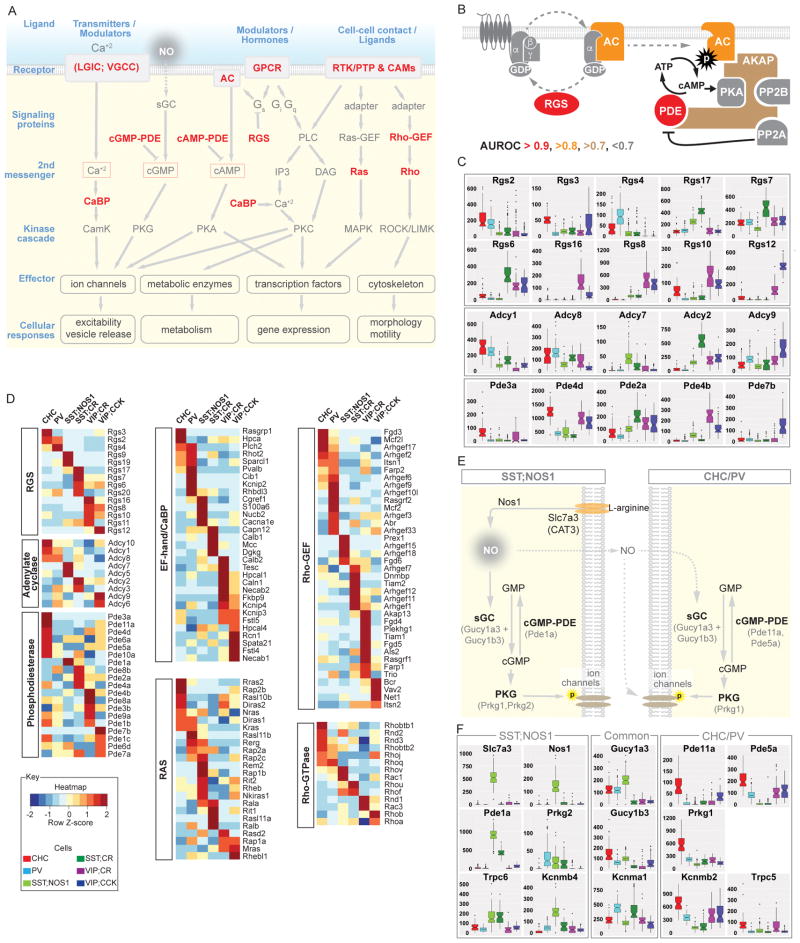Figure 5. Differential expression of regulatory proteins in 2nd messenger pathways customizes intracellular signaling in PCPs.
(A) A schematic showing that Ca, cAMP, cGMP, Ras and Rho signaling pathways are differentially configured among PCPs. While the core skeletons of transduction machineries, kinase cascades and effectors are common among PCPs (grey, low AUROC scores), a small set of regulatory proteins (red) are differentially expressed with high AUROC values.
(B) A GPCR signaling module illustrating that while multiple components (grey) are common among PCPs, different members of key regulatory proteins such as RGS, AC, PDE and AKAPs are differentially expressed.
(C) Different combinations of RGS, AC and PDE members are enriched in individual PCPs.
(D) DE of several classes of signaling proteins with high AUROC scores.
(E) Predicted NO-cGMP signaling in SST;NOS1 and CHC cells. The entire pathway of NO synthesis and cGMP production (guanylyl cyclase), degradation (PDE), kinase signaling (PKG) and putative phosphorylation targets are coherently and expressed or enriched in SST;NOS1 and CHC cells.
(F) DE of key components of NO-cGMP signaling (depicted in 5E) among PCPs; note ON/OFF patterns or dramatic level differences.
All boxplots y-axis in uTPM. Also see Figure S5.

